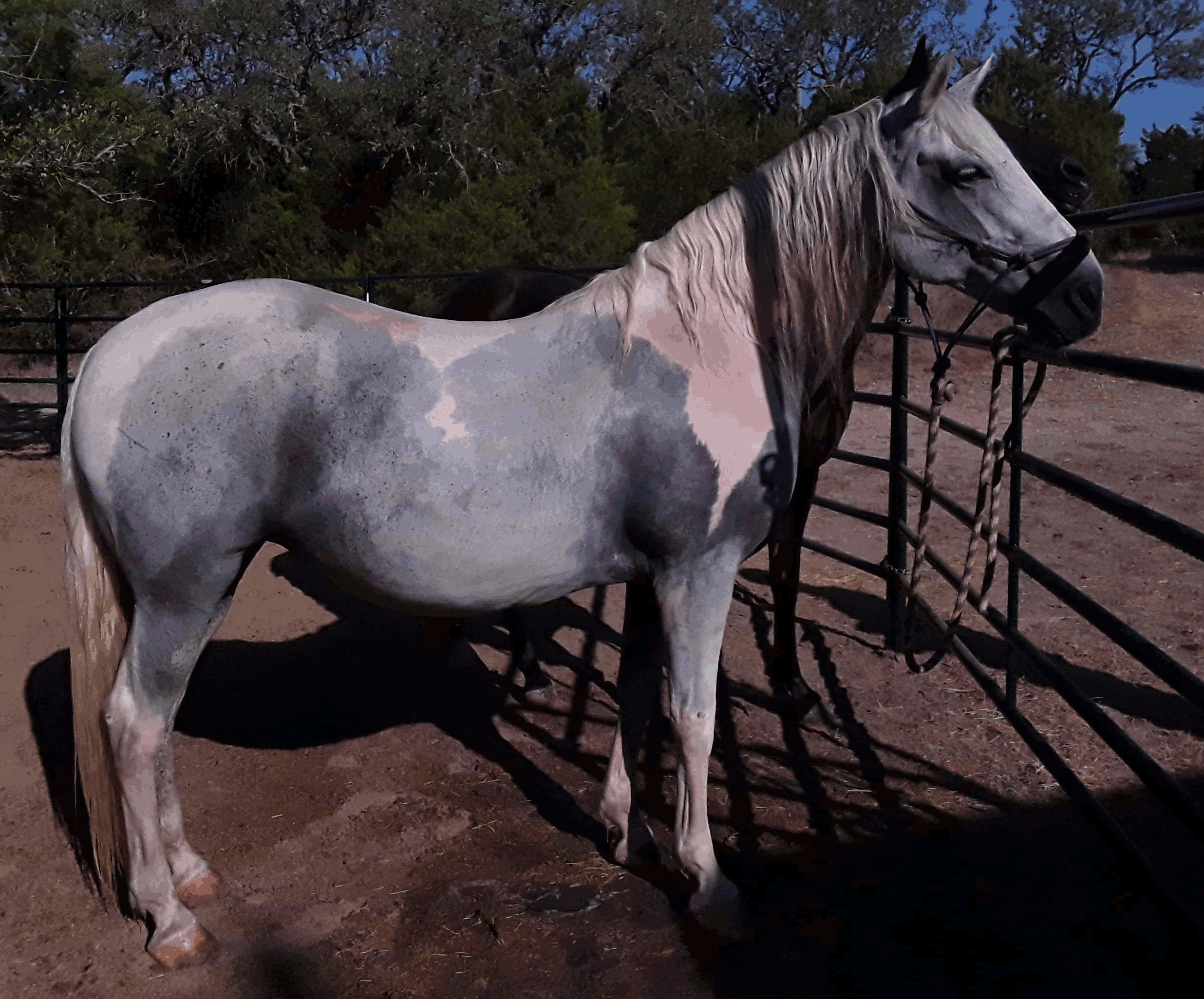Heather Hanlin Ghost Paint Therapy
Equine Assisted Psychotherapy for Gifted and 2E

Equine Therapy
Level 2 Natural Lifemanship Trained
Horses make excellent co-therapists because they are so in tune with their environment. Their natural language is body language and they can often tell us about things going on in our bodies long before we realize what is happening. As social creatures they are invested in the well being of the herd and therefore work hard to co-regulate those around them.
Another benefit to Equine Therapy is the team approach. Your therapy team will typically consist of myself, a trained Equine Professional and a horse.
My horses are located on a private ranch in the beautiful hill country of Smithwick, TX about 10 miles east of Marble Falls.
Benefits of Equine Therapy
Equine therapy is good for building skills
Emotional regulation
Attention
Relationship
Relaxation
Self-awareness
Other awareness
Decision making
Equine therapy is good for creating a feeling of
Calm
Attachment
Relatedness
Partnership
Equine therapy is a way to process
Trauma
Rejection
Grief
Isolation
What does an Equine therapy session look like?
Since this is relationship work, most of it is done on the ground.
This is NOT a riding lesson.
Like my general approach to therapy there is no “one size fits all” way that Equine Therapy can go.
But here are some of the things that might happen. When you arrive at the ranch, we will spend a few moments transitioning into the space using some grounding activities.
The Equine Professional is with the horse at all times monitoring the horse’s behavior. She might point out things you haven’t noticed, or give you tips on how to be safe working around a horse. Most of the time, at least two horses will be waiting for you, and you get to pick which horse you would prefer to work with, while noticing which horse is picking you to work with that day. Part of working on partnership is learning to pay attention to the signals the horses are sending out.
At this point several different things could happen depending on what you are working on. You might spend some time grooming the horse or helping it relax. Or we might go into a round pen where the horse is “at liberty” meaning it has no rope or halter and is free to make choices. In this case you might request that the horse follow you, or maybe ask the horse to move around you. Thoughts and feelings will come up due to the way the horse reacts to your requests. Often these patterns are similar to other patterns in your life and we can work on them in real time with the horse.
If things become overwhelming, we can leave the horse with the Equine Professional and take a walk or return to grounding exercises. The Equine Professional is asked to hold what she hears in confidence, but if something you wish to keep more private comes up, this is also a time when we can go for a walk on the grounds, or retreat to a more private location.
What is a Ghost Paint?
A ghost paint is a paint horse with light on light coloring.
A paint horse has two different color shades that come from different skin colors. Lulu is flea-bitten gray on white. The hair growing from her black skin is white with brown specs in it and the hair growing from her pink skin is solid white. It is easiest to see Lulu's spots when she is wet.
